Almost half of the entire Konavle region is formed of flourishing wildlife; there are cypress and pine trees in abundance with vineyards almost everywhere you turn.
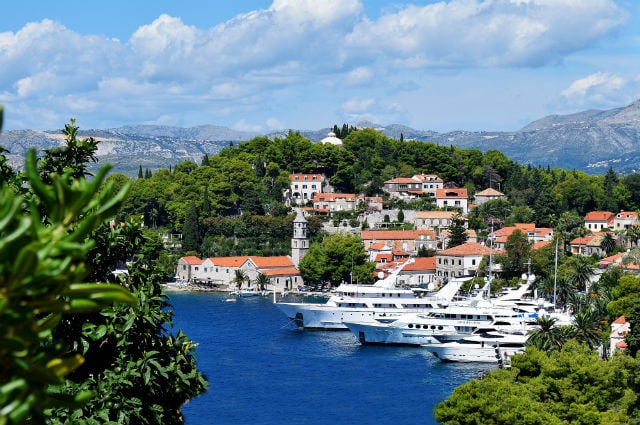 Photo: B. Jovic
Photo: B. Jovic
The scent of the sea intermingled with the aroma of lush Mediterranean vegetation is thick in the air in Konavle Valley. Life goes by slowly in this part of the world, making it the perfect spot for some honest-to-goodness R'n'R.
Start planning your trip to Konavle Valley
Often compared to Tuscany, Konavle Valley is a must-visit destination for lovers of nature and foodies. It offers peaceful surroundings, breathtaking scenery, and excellent restaurants serving extraordinary local wines.
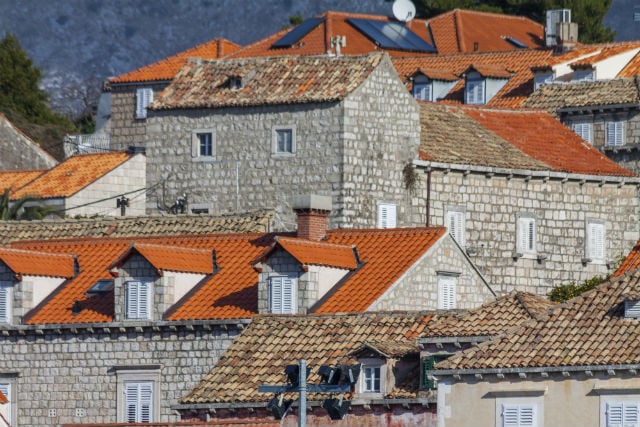 Photo: B. Jovic
Photo: B. Jovic
The restaurants and konobas (the local word for ‘tavern’, you might want to memorise it!) in the region are based on Mediterranean gastronomic heritage: fish, vegetables, and olive oil. At night, you can dine under a blanket of stars away from the light pollution common in much of Europe.
If you prefer active holidays, the region is excellent for cycling, hiking, horseback riding, and practically anything else to do with nature.
 640.jpg) Photo: Kanavle Tourist Board
Photo: Kanavle Tourist Board
The picturesque town of Cavtat is possibly the most famous place in Konavle and is situated on the region’s north coast. It’s Croatia’s little jewel; its best-kept secret is the old harbour that hides many lovely restaurants. The stunning waterfront is lined with palm trees and has been compared to France’s glamorous Saint Tropez.
Click here to find out more about Cavtat
A caveat about Cavtat: it’s not for you if you’re looking for nightclubs and wild nights. It’s a place to relax and recharge your batteries while enjoying wonderful scenery, food and wine.
 640.jpg) Photo: Kanavle Tourist Board
Photo: Kanavle Tourist Board
However, if you are in search of a more upbeat nightlife, nearby UNESCO world heritage site Dubrovnik would be a better choice. Luckily, it’s easily reachable by bus or water taxi from Cavtat, so if Cavtat is your base you can have the best of both worlds. In short, Cavtat is busy enough to keep you entertained but quiet enough for some calm and privacy.
 640.jpg) Photo: Kanavle Tourist Board
Photo: Kanavle Tourist Board
This part of the world is a wonderful and charming place to explore and be active. There are excellent walking trails (which can be done with or without a guide), horse riding across olive groves, a coastal ride offering great views, as well as biking routes. You can enjoy wine tasting tours at most vineyards, including sampling local drinks you probably haven’t tried before and won’t be able to try anywhere else in the world.
 640.jpg) Photo: Kanavle Tourist Board
Photo: Kanavle Tourist Board
Whether you’re looking for a quiet escape or an action-packed trip, you can find everything in Konavle. This is just a glimpse of many possibilities; there’s something to suit every taste and an experience for all kind of travellers. You can bathe at some of the most beautiful beaches or stroll around untouched natural coves while enjoying stunning views of the open sea.
Or perhaps you’ll opt for something more active and go scuba diving, rowing, trekking, or climbing?
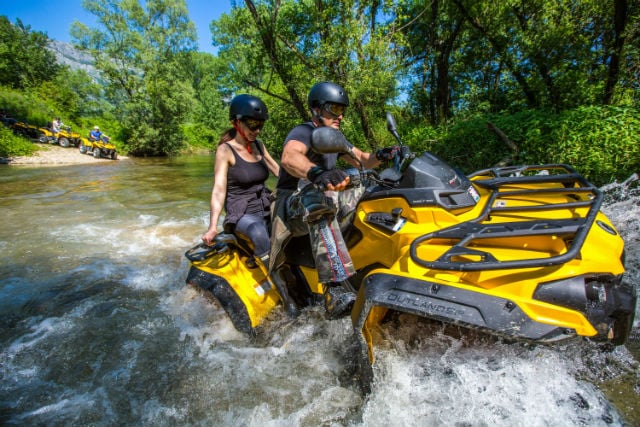 Photo: Kanavle Tourist Board
Photo: Kanavle Tourist Board
Whatever you choose, this is a destination that won’t disappoint.
How do you get there?
The Dubrovnik Airport is in Čilipi, just 5km from Cavtat. You can get to Cavtat by ferry through the Dubrovnik port, which is also connected by ferry lines coming from other Croatian ports. Other transport information can be found here.
What to do?
Just some of the places well worth visiting while in the Konavle Region include Dubrovnik, Korčula, Mljet, the River Neretva Delta, the Elafiti Islands, the Pelješac Wine Road, Trsteno, Ston Međugorje, Mostar, Kotor, and many more!
But if you want to awaken your inner adventurer, you shouldn’t miss the following activities:
- The Sea Path: recreational horse riding
- ATV safari: take a quad bike tour around the Konavle region
- Scenic train ride through Konavle Valley
- Hiking, cycling, climbing, and diving!
What to see?
Even the most experienced of travellers will find something new and exciting to do on their trip to Konavle Valley. The beautiful scenery, rich cultural and historic heritage combined with a wide range of services, makes the whole region a very attractive destination on the Adriatic coast.
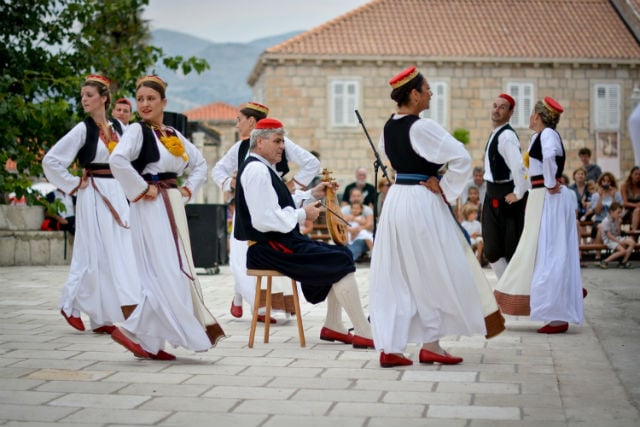 Photo: Kanavle Tourist Board
Photo: Kanavle Tourist Board

Photo: Kanavle Tourist Board

Photo: Kanavle Tourist Board

This article was produced by The Local Creative Studio and sponsored by the Cavtat-Konavle tourist board and Croatian National Tourist Board.
p.p1 {margin: 0.0px 0.0px 0.0px 0.0px; font: 11.0px ‘Helvetica Neue’; color: #000000; -webkit-text-stroke: #000000} p.p2 {margin: 0.0px 0.0px 0.0px 0.0px; font: 11.0px ‘Helvetica Neue’; color: #000000; -webkit-text-stroke: #000000; min-height: 12.0px} p.p3 {margin: 0.0px 0.0px 0.0px 0.0px; font: 11.0px ‘Helvetica Neue’; color: #000000; -webkit-text-stroke: #000000; min-height: 13.0px} li.li1 {margin: 0.0px 0.0px 0.0px 0.0px; font: 11.0px ‘Helvetica Neue’; color: #000000; -webkit-text-stroke: #000000} span.s1 {font-kerning: none} ul.ul1 {list-style-type: disc}

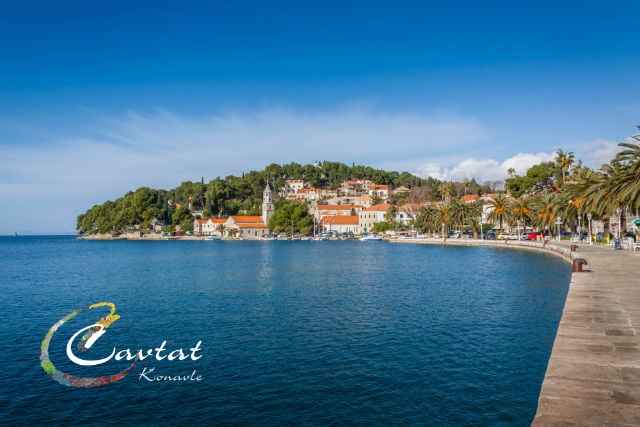

 Please whitelist us to continue reading.
Please whitelist us to continue reading.